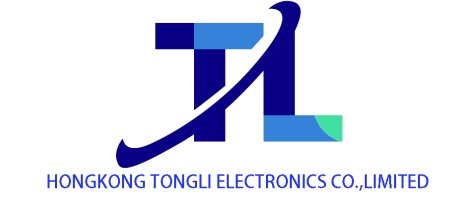Samsung Electronics Surges 5% as HBM3E Gains NVIDIA Certification
On September 22, Samsung Electronics’ stock price soared by over 5% at the opening, hitting a new high since August 2024. It breached 83,750 won during intraday trading, surpassing the 52-week high of 81,200 won set the previous week. So far this month, Samsung Electronics’ stock has recorded a cumulative increase of approximately 20%.
Samsung Electronics announced that its HBM3E (High-Bandwidth Memory 3E) product has passed NVIDIA’s testing and certification, and will start supply according to the customer’s schedule. This process took 18 months, making Samsung the third HBM supplier to obtain NVIDIA’s certification, following SK Hynix and Micron.
Although the initial supply volume is expected to be limited, this marks Samsung’s return to the mainstream of the high-end memory chip technology industry. Currently, about 75% of NVIDIA’s HBM3E orders are supplied by SK Hynix, with the remaining coming from Micron Technology.
Samsung has shifted its focus to the sixth-generation HBM4 product and plans to provide a large number of samples to NVIDIA this month. NVIDIA requires the data transfer speed of HBM4 to reach more than 10 Gbps. Samsung has demonstrated a speed of 11 Gbps, exceeding SK Hynix’s 10 Gbps, while Micron has not yet met this standard.
Meanwhile, the memory market is showing an overall recovery trend. Micron Technology expects its adjusted earnings per share for the latest quarter to reach 2.81, a year-on-year increase of over 138%; its revenue will grow by 43% to 11.2 billion. Driven by AI demand, Micron’s stock price has risen by more than 93% this year and has exceeded expectations for nine consecutive quarters.
Phison Electronics has also resumed quotations for some customers, with an average increase of about 10%. The price of some low-to-medium capacity NAND components has risen from 5 to 8, reflecting the strong demand for enterprise-grade SSDs driven by AI.
In terms of production capacity, SK Hynix is building the M15X factory in Cheongju, which will deploy a 10nm 1b DRAM production line with a monthly capacity of 10,000 wafers. Equipment installation is expected to start in November to meet the HBM needs of customers such as NVIDIA, Google, and Amazon.
Industry analysts believe that with the continuous expansion of AI applications, the DRAM and NAND markets will face supply shortages by 2026, and memory chip prices are expected to rise continuously.
Do you want to know more about the dynamics of the memory chip industry or have questions about HBM technology?
